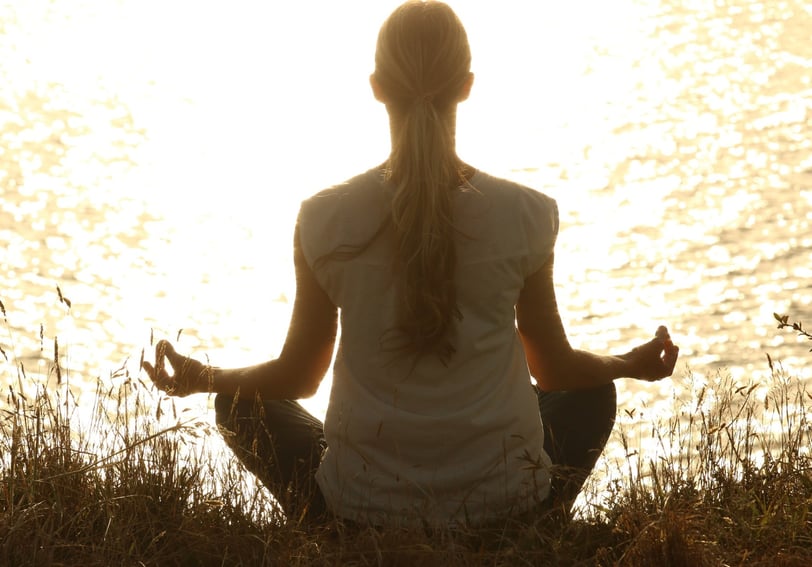Recite mantra with your breathing
To truly benefit from a practice, it's essential to have a strong belief in a single mantra and the associated deity, who will undoubtedly offer protection to the practitioner, depending on their karmic history. The method outlined here focuses on one mantra, and attempting to combine multiple mantras with your breath won't provide any advantages to the seeker.


To fully experience the benefits of mantra recitation, it's important to synchronize the mantra with your breath. Focusing on just one mantra is most effective, as having too many can be counterproductive. A strong belief in that single mantra and its associated deity is essential, as they will offer protection, though this is influenced by one's karmic circumstances. The method described here is intended for a single mantra; attempting to align multiple mantras with your breath will not yield any advantages for the practitioner. This practice is centered around the paraprāsāda mantra "hamsa," where "ha" represents Śiva and "sa" symbolizes Śakti. The union of Śiva and Śakti (Brahman and His Power) is the source of creation. Brahman, manifesting as the soul, resides deep within the body, safeguarded by causal, subtle, and gross bodies. The causal body consists of breath, known as prāṇa. Our inhalation and exhalation are vital for sustaining this prāṇa. The first thing that enters the body is prāṇa (excluding the soul, as nothing exists without it), and the last thing to leave at death is also prāṇa. Therefore, as long as life persists, prāṇa serves as the essential force that nourishes the body. Our breath fuels the maintenance of our bodily systems. We typically breathe around 21,600 times (about 15 breaths per minute) in a 24-hour period. However, our breathing patterns can vary; sometimes we breathe quickly, and other times more slowly. Not everyone breathes exactly 21,600 times a day, as it fluctuates. The normal breathing rate ranges from 11 to 15 breaths per minute, and during sleep, this rate significantly decreases.
You can breathe normally without needing to adopt a specific posture like sitting, walking, or standing. Initially, you can choose any comfortable position. For instance, you might start by sitting on a chair, focusing solely on the mantra and your breath. As you exhale, ( for example) mentally recite the first segment of the Bālā mantra, aiṁ - klīṁ - sauḥ, matching the duration of your exhalation. If your exhalation takes about three or four seconds, recite the first part of the mantra throughout that time. The second segment should correspond with your inhalation for the same duration (the timing can vary for each person; three or four seconds is just an example). The third segment will again align with your exhalation.
When this pattern is noticed, the first part of the mantra is chanted during both the inhalation and exhalation phases, as these two actions occur in succession. For instance, if someone practices just the first part of the Bālā mantra, which is aiṁ - klīṁ - sauḥ, they should use the same mantra for both breathing in and out. At first, it might be challenging to keep the mantra in sync with your breath. However, with consistent practice whenever possible, your breathing will eventually harmonize with the mantra. If the mantra is lengthy, it should be divided according to the nyāsa-s. It's important not to split a mantra without understanding how to do so properly. Only your Guru can provide guidance on the mantras they have initiated you with. Typically, a mantra is presented in a structured format, such as through the first line, second line, and so on.
One of the main challenges of this practice is that it's easy to forget to recite the mantra for most of the day, especially since it can't be done while sleeping. However, with consistent effort, one can achieve a level of mastery in approximately 45 days. As you progress, the mantra will start to show its effects. In the beginning, the greatest advantage of this practice is the ability to focus intensely on the mantra. Once mastery is reached, the practitioner is likely to experience a profound sense of unity with the mantra, the associated deity, and themselves.
